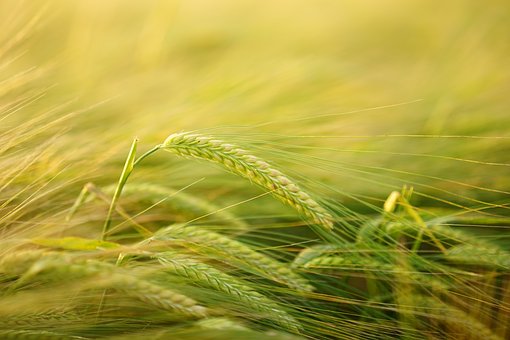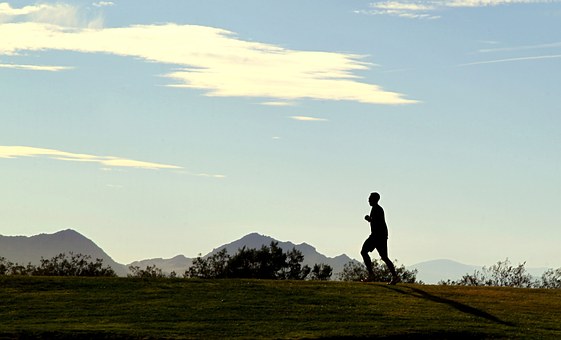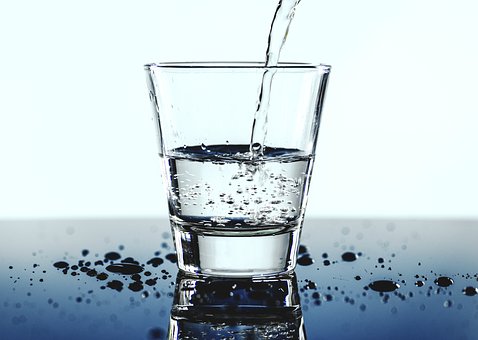Exercise When Young to Have Stronger Bones in Later Life
© HealthyMuslim. See Terms and Conditions

Exercise is vital at every age for healthy bones. People who exercise regularly have a higher bone density, meaning they have stronger bones and are more resistant to fractures and bone diseases like osteoporosis. As well as improving bone health, exercise also increases muscle strength, coordination, and balance, and it leads to better overall health.
Study Details
For this research paper, around 3,200 men had their bones examined and their exercise habits mapped. Of these, about 2,300 18-year-olds were selected at random to have their heel bone examined by the researchers. The heel bone is particularly useful to study as it is directly impacted by exercise, being loaded with the full weight of the body.
"In this group, we found that those who actively did sports, and also those who used to do sports, had greater bone density than those who had never done sports," explained the author of the paper.
The researchers also looked at bone density and structure in the lower leg in around 360 19-year-old men who had previously done sports but had now stopped training. They found that men who had stopped training more than six years ago still had larger and thicker bones in the lower leg than those who had never done sports.
"This result is particularly important, because we know that a bone with a large circumference is more durable and resistant to fractures than a narrower bone," the author said.
The researchers also studied bone density throughout the body in around 500 randomly selected 75-year-old men. Those who had done competitive sports three or more times a week at some point between the ages of 10 and 30 had higher bone density in several parts of the body than those who had not.
The researchers have therefore established that there is a positive link between exercise while young and bone density and size. The connection is even stronger if account is taken of the type of sports done.
"The bones respond best when you're young, and if you train and load them with your own bodyweight during these years, it has a stimulating effect on their development,"
"This may be important for bone strength much later in life too, so reducing the risk of brittle bones."
Like muscle, bone is living tissue that responds to exercise by becoming stronger. For most people, bone mass peaks during the third decade of life. After that time, bone loss begins to occur. This can be prevented during these years with regular exercise.
The best exercise for bones is weight-bearing exercises such as weight training, walking, hiking, jogging, climbing stairs and tennis.
Research Paper Details:
Nilsson, M. The role of physical activity on bone density and bone geometry in men. University of Gothenburg. Sahlgrenska Academy, 2010.
Link to this article: Show: HTML Link • Full Link • Short Link
Share or Bookmark this page: You will need to have an account with the selected service in order to post links or bookmark this page.





|
Related Articles:
- Study Finds Daily Exercise Lowers Cancer Death Risk
- Studies Show Anti-Cancer Benefits of a Healthy Diet and Lifestyle
- Tips for a Healthy Body: Bones and Muscles
- Exercise Can Cut Your Risk of Colon Cancer
- Exercise Myths and Misconceptions
- Regular Exercise 'Prevents Breast Cancer'
- Walk Your Way to Fitness
- The Different Kinds Of Exercises Your Body Needs
- Reasons Why You Should Exercise
You must be registered and logged in to comment.
Most Popular
Latest Articles
Popular Subjects
Health, fitness and longevity
Based upon the principles of health
in the Qur'an and Prophetic Traditions.
HealthyMuslim.Com
There are two bounties in which
most people lose out: good health
and free time. Al-Bukhari.























